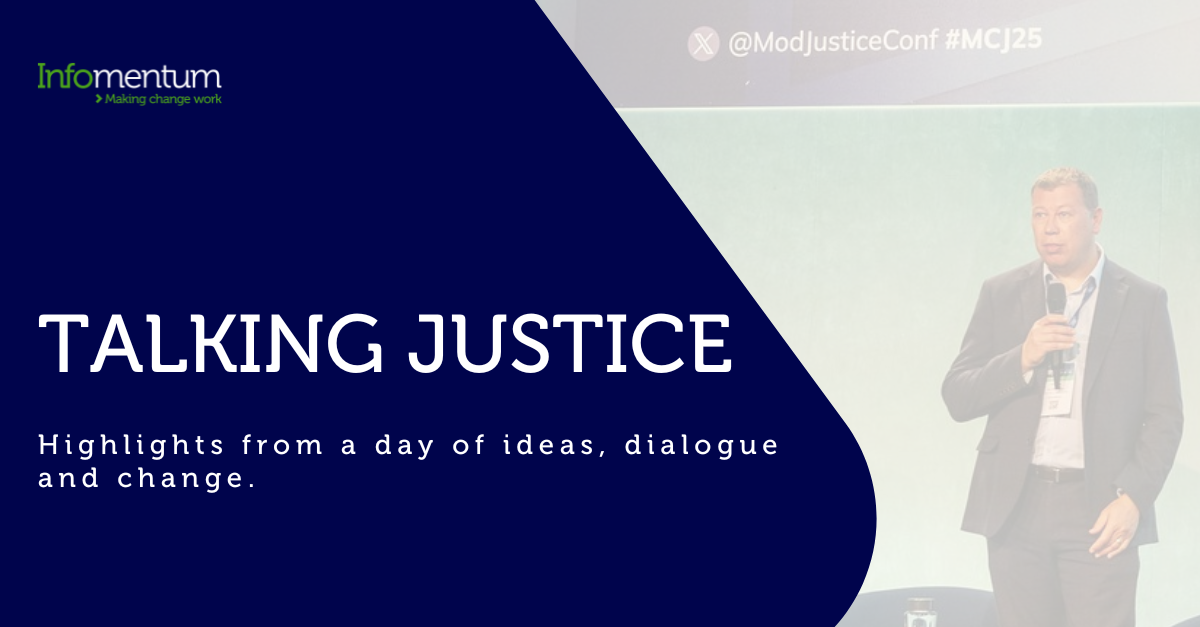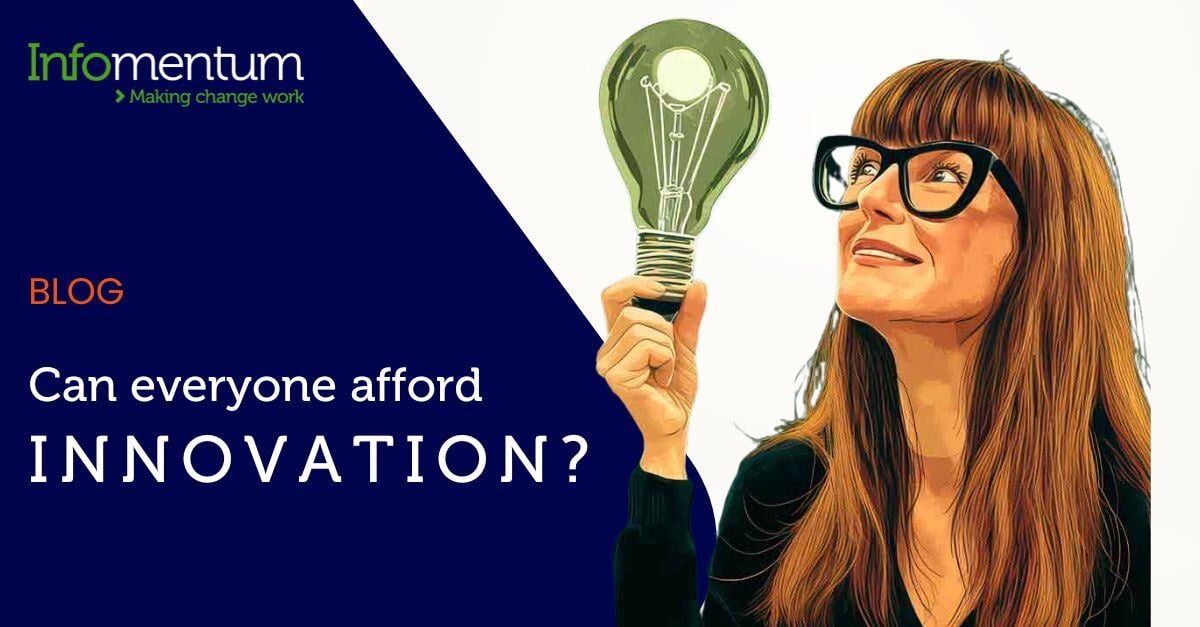How many blogs have you read that start with ‘the world is changing’? Guess what, the world has changed. Scientists in the States believe that we are currently going through a technology revolution that will have the same impact on our planet as the industrial revolution. And they think robots will become commonplace sooner than you think!
That’s all very well, but what is going on now that we need to be responding to in the coming months – if we aren’t already?!
1) Consumerisation
Maybe over used, but customers are driving change. Their expectations are growing. And organisations all over the world are putting their customers first – even Ryanair has realised the benefits of looking after customers. More than ever we need to be listening to customers. Of course, customers are people, like you and me. These days they are more informed than ever before, enabling them to be more opinionated, more creative and more demanding.
So if your customers are frustrated because they find it difficult to do business with you, they will not remain loyal. They will not just move on, but they will tell their friends… publicly, via Facebook and Twitter. What are you doing to meet the needs of your customers?
2) Multi-channel
Who invented the damn smart phone? Ok, so I love it really, but they have changed human behaviour. When you get on the tube, many commuters have their eyes glued to a screen. I’m even favouring putting my children in front of the TV than have them spend hours on a tablet.
The point is, the power and flexibility that mobility brings to people is immense. From being informed, communicating with friends and colleagues, to finding information quickly and conducting processes and transactions on the move.
For organisations looking to find or retain their competitive advantage, you need to be providing a dynamic, integrated and customer experience that is the same across all channels.
3) Cloud
The ‘Cloud’ has been around for a long time. However, now it is robust and more reliable. Ok, so you might hesitate to put your business critical applications on it – but customers and employees expect you to deliver services via the cloud.
The good news is that you don’t have to act like a Harrier Jump Jet and head straight for the cloud. You can take a more phased approach and migrate over time based on customer or employee needs, end of life support for technology, legacy replacement or change of requirements.
Taking a more hybrid approach enables you to take advantage of the best of both worlds, and gives you the opportunity to digitally transform business processes by simply adding a digital interface to your legacy systems.
Whatever your key IT projects are for 2016, I suspect many of them will hang on one of these key trends. And if they don’t – and you haven’t addressed the above yet – then it’s time to start planning your projects for the year ahead.







